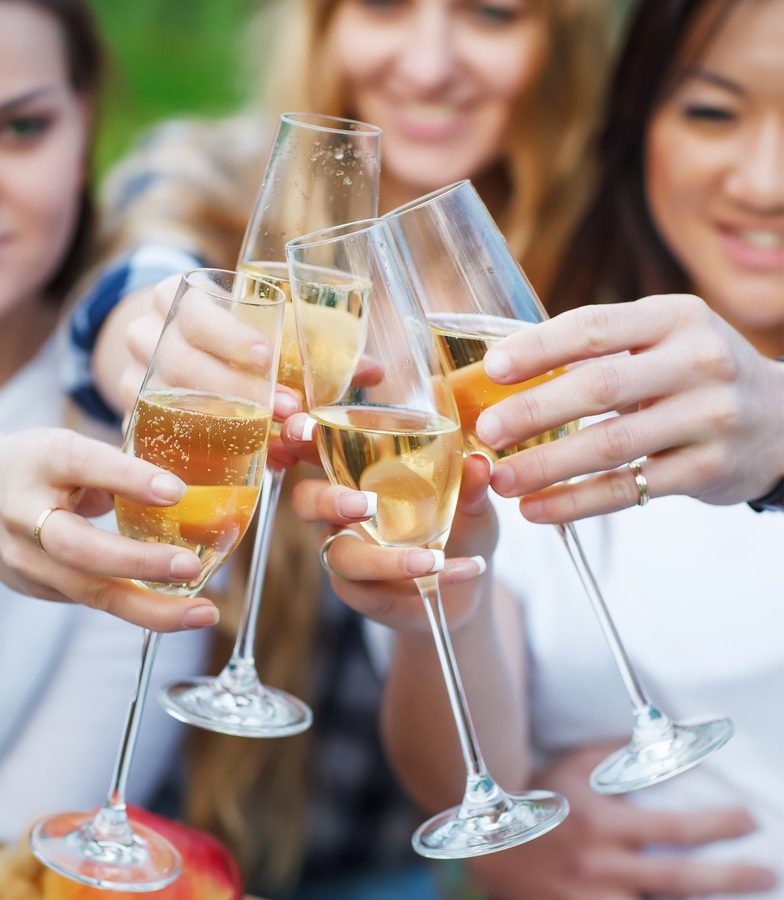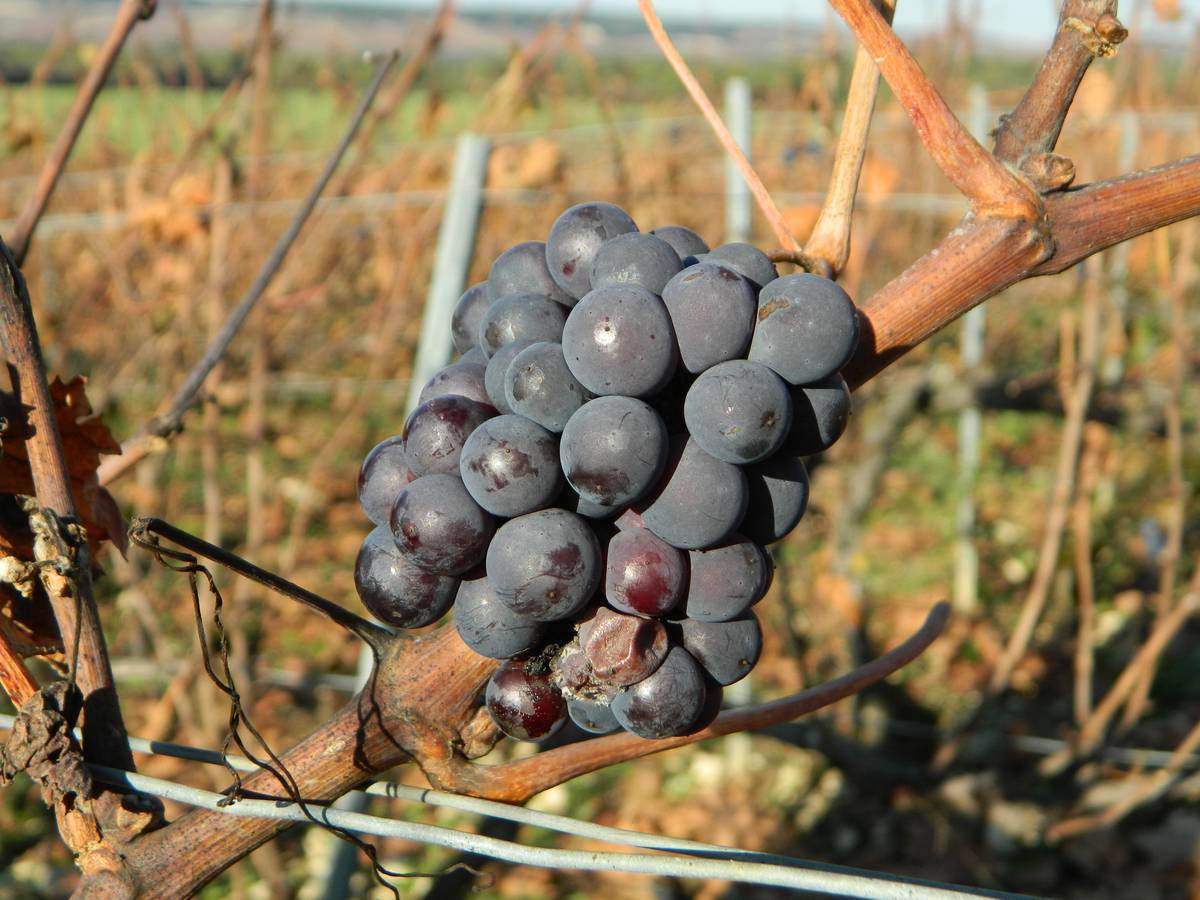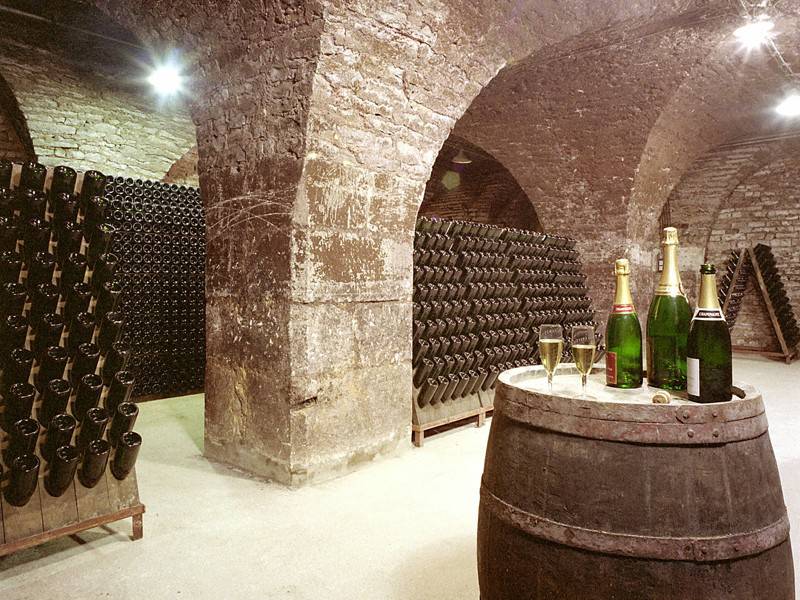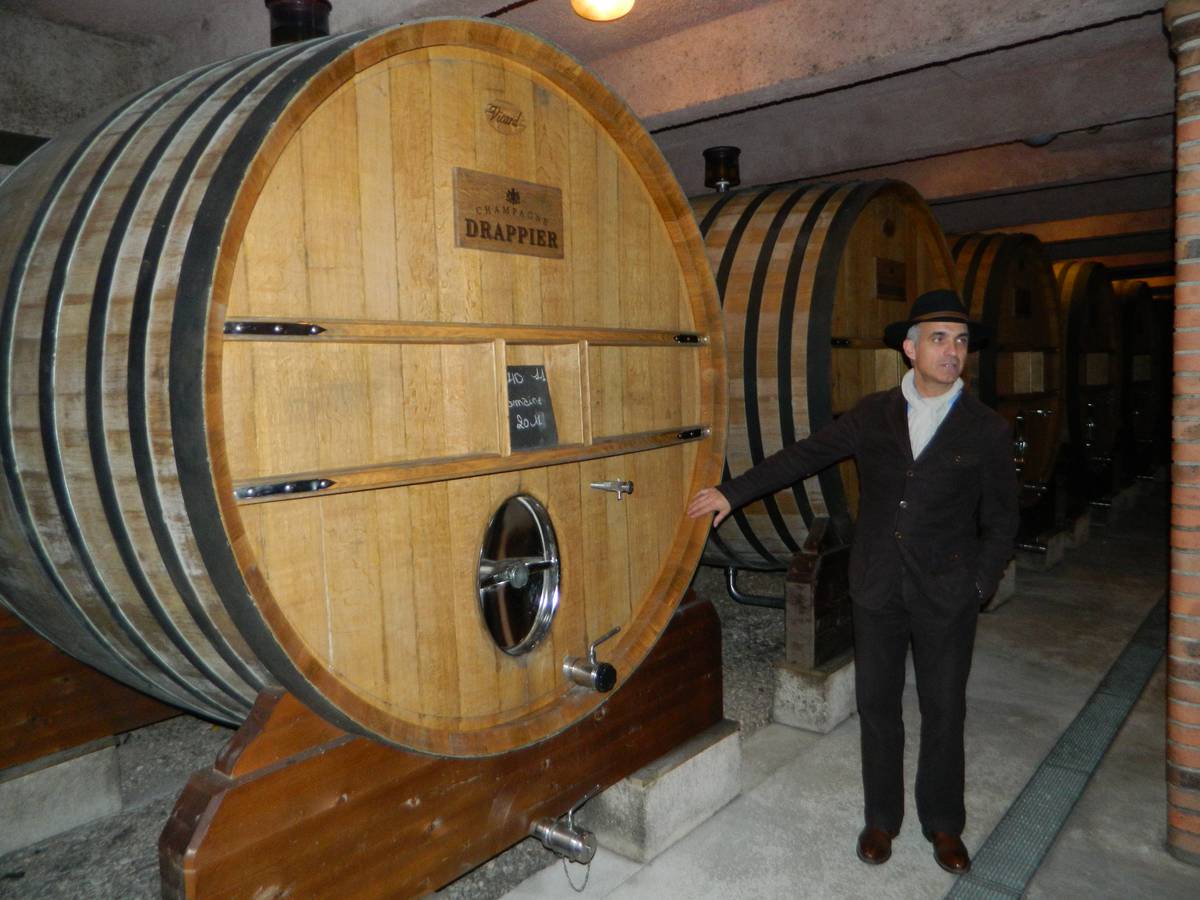(sólo en inglés)
Body and soul of a prestigious land…
In Troyes, Historic Capital of Champagne, the nearest vineyard is about ten kilometres away (Montgueux), so it would be a sacrilege to talk of gastronomy without mentioning the famous sparkling nectar of the region, Champagne!
It is not well known that the Aube is the 2nd largest producing département of five of Champagne, after the Marne. The actual Champagne appellation vineyards planted and in production cover 6,500 hectares and supply a fifth of the production, with a potential of 50 million bottles, of which 6,3000,000 are produced by winegrowers and winemakers of the Aube.
The 59 communes of the appellation are for the most part concentrated in the south of the département the length of the “Cotes des Bar” (from the Celtic “Bar”, meaning peak), between Bar-sur-Seine and Bar-sur-Aube, with a prolongation onto the slopes of Montgueux that overlook Troyes and, and to the northwest near Villenaxe-la-Grande.
For the best view of them, take the Champagne Tourist Route from Bar-sur-Aube to Bar-sur-Seine to the region of Riceys (that also produces the famous rosé des Riceys). The route passes through charming towns and villages where you can stop and taste in the cellars. There are also many visits such as the Abbey of Clairvaux, Bayel Crystal, the wine centre at Essoyes and the Nigoland leisure park at Dolancourt.
The Champagne Tourist Route has its own signposting system and the winegrowers there are ready with their welcome.
Some of them display the sign “point d’accueil” (reception point), attributed by a jury of professionals in the tourism and wine industries. For the visitor it is a guarantee of quality: for the welcome, the equipment and the explanations given.
The Champagne Festival in the Aube is organised each year, usually around the end of July.
It takes place successively over a weekend in the major areas and villages in the Champagne sector.
Its special feature: the “passport” tasting glass that can be bought that allows you to visit and taste for free throughout the weekend.
At the gates of Troyes
Every two seconds, someone opens a champagne bottle somewhere in the world!
3 billion flutes of champagne are drunk every year. In France and abroad, champagne is seen as the ultimate luxury product. In our western society, it is synonymous with party, happiness and celebration, for every generation.
But the history of champagne goes back a long way… The first evidences of champagne production are estimated to be from the Gallo-Roman period, when the cultivation of vines began in Champagne.
Back then, the wine of Champagne was most probably very different from the drink that we know today, but it evolved century after century. Around 1660, the use of bottles and cork began, but it is in 1670 that the recipe of champagne was revolutionized by Dom Pérignon.
Today, around 300 million bottles are produced in Champagne every year.
Champagne is an AOC wine, which means that it must necessarily be made in a specific geographical area, around Reims, Epernay and Troyes, and be elaborated from 3 grapes varieties: Pinot noir, Pinot Meunier and Chardonnay.
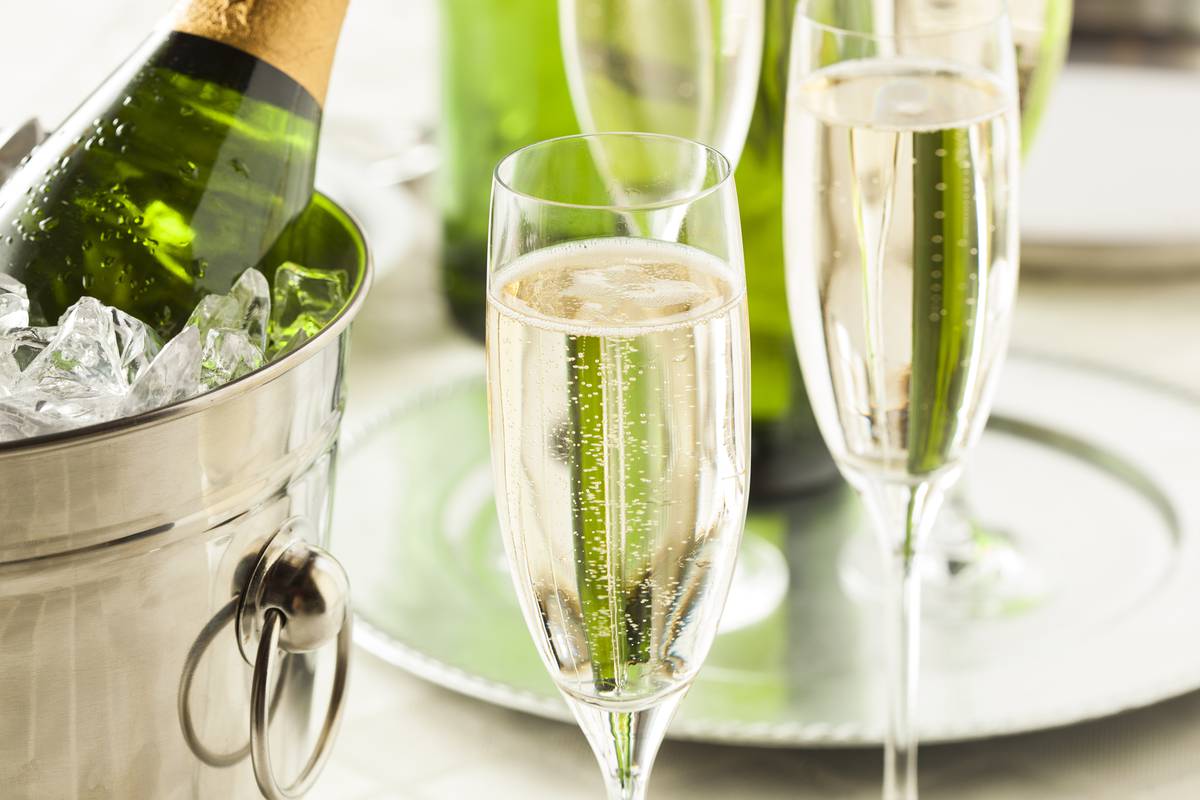
Its secret is mainly the result of a precise making process, developed by clergymen in the 17th century, creating this famous and desired sparkling effect. The harvests are exclusively by hand and happen between mid-September and early October.
In order to prevent any risk of oxidation, grapes are pressed immediately after arriving at the press. Then, winegrowers proceed to the blend by choosing from the different juices harvested. Only vintage Champagnes are made from the same harvest in exceptional years.
The Aube department is the second producer of champagne, after the Marne department. The Côte des Bar, located half an hour away from Troyes by car, provides most of the grapes, but champagne is also produced on the hill overlooking Troyes, in Montgueux.
7,132 hectares of vines (22% of the appellation) are taken care of by 2,500 harvesters and 500 winemakers. They produce 16 to 20 million bottles every year.
The land of Pinot Noir
This black grape with a transparent juice has adapted particularly well, since it occupies 85% of the Aube slopes.
It is part of most of these famous blends that make up the richness and diversity of the wines of Champagne. Its fruits are tighter and less dark than the Meunier, its taste is fruity, and it speeds up the ripening of a vintage.
On the other hand, « Chardonnay » represents about 9% of the vineyards. It is especially predominant in the Montgueux vineyard. It is a grape with white bunches, famous for its subtlety and fine aroma.
The Saulte-Bouchon Commanderie
« Saulte-Bouchon » (« jumping cork » in old French) was the name of this sparkling wine when the 17th century monks discovered it originally. It was only much later on, when it had become popular in all the Champagne province, that it lost this meaningful name.
8 centuries ago, Saint Bernard de Clairvaux, founder of this famous Cistercian abbey located in the Aube department, had the idea to plant the first vineyard of Aube. Saint Bernard then decided to build the Colombé-le-Sec cellar to mature his wines, near Bar-sur-Aube. This cellar is still in good conditions today and is a great evidence of this glorious past.
In 1975, the « Commanderie » was born in this good city of Troyes. It actually got the seal of the Count Thibaud IV de Champagne. Every year, during the intronisations, new members become Knights of the Saulte-Bouchon Commanderie.
To the sound of the trumpets, dressed magnificently in blue and gold velvet, the Commanderie and its president the Grand-Master put the new candidates to the test of truth: the « deflowering » of the bottle, at the order of the « Bouchonnier » (responsible for the cork).
Once the glass is filled by the candidate under the control of the « Grand Bouteiller » (responsible for the bottle) of the « Saulte-Bouchon », along with the « Porte-Flûtes » (glass holder) and the « Grand Echanson », the disciple must watch, smell and taste the wine. Then, he has to do the oath of allegiance.
The Chancellor then comes closer and place a traditional symbol before him: an imposing Methuselah.
Then, the Constable unrolls a parchment, that the new Knights must read aloud. They must promise to wear medals and cords to the ceremonies organized in the glory of champagne and for other meetings, and to remain faithful to the wine of Champagne, « King of the wines and wine of the Kings ».
Champagne and its containers
There are eleven kinds of container for this very special wine.
The first 5 are the best-known: eighth, quarter, half-bottle, bottle (75cl) and the magnum (equalling 2 bottles).
But it is often difficult to remember the names or the contents of the other bottles that only tend to appear on special occasions.
- Jéroboam = 4 bottles
- Founder and 1st sovereign of Israel (931-910 BC)
- Réhoboam = 6 bottles
- Proper name given to the expertise of the Champagne monasteries
- Mathusalem=8 bottles
- Biblical patriarch known for his longevity (969 years…)
- Salmanazar =12 bottles
- King of Syria (859-924 BC) son of AssourNasirpal
- Balthazar = 16 bottles
- Regent of Babylon, son of Nabonide (…539 BC)
- Nabuchodonosor = 20 bottles
- King of Babylon (605-562 BC)
